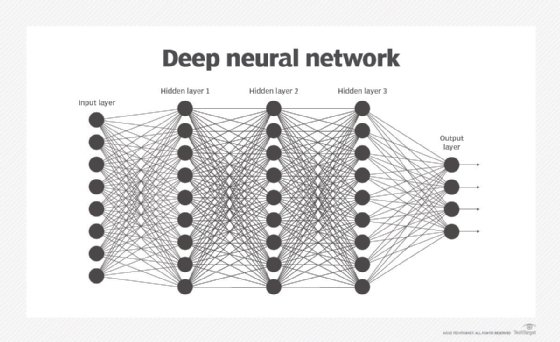cognitive modeling
What is cognitive modeling?
Cognitive modeling is an area of computer science that deals with simulating human problem-solving and mental processing in a computerized model. Such a model can be used to simulate or predict human behavior or performance on tasks similar to the ones modeled and improve human-computer interaction.
Cognitive modeling is used in numerous artificial intelligence (AI) applications, such as expert systems, natural language processing (NLP), robotics, virtual reality (VR) applications and neural networks. Cognitive models are also used to improve products in manufacturing segments, such as human factors, engineering, and computer game and user interface design.
Research into cognitive modeling is currently being conducted by academic and industry groups, including MIT, IBM and Sandia National Laboratories.
An advanced application of cognitive modeling is the creation of cognitive machines, which are AI programs that approximate some areas of human cognition. One of the goals of Sandia's project is to make human-computer interaction more like an interaction between two humans.
"We had massive computers that could compute the large amounts of data," said Chris Forsythe, Sandia's cognitive psychologist. "But software that could realistically model how people think and make decisions was missing."
The problem was that early models followed logical processes that humans don't always adhere to, and they failed to take into account variables that affect human cognition, such as fatigue, emotion, stress and distraction, according to Forsythe.
Types of cognitive models
Some highly sophisticated programs model specific intellectual processes. Techniques such as discrepancy detection are used to improve these complex models.
Discrepancy detection systems signal when there is a difference between an individual's actual state or behavior and the expected state or behavior as per the cognitive model. That information is then used to increase the complexity of the model.
According to Forsythe, the cognitive machines they've created have the capacity to infer user intent -- which is not always consistent with behavior -- store information from experiences similarly to human memory and call upon expert systems for advice when they need it.
Another type of cognitive model is the neural network. This model was first hypothesized in the 1940s, but it has only recently become practical thanks to advancements in data processing and the accumulation of large amounts of data to train algorithms.

Neural networks work similarly to the human brain by running training data through a large number of computational nodes, called artificial neurons, which pass information back and forth between each other. By accumulating information in this distributed way, applications can make predictions about future inputs.
Reinforcement learning is an increasingly prominent area of cognitive modeling. This approach has algorithms run through many iterations of a task that takes multiple steps, incentivizing actions that eventually produce positive outcomes while penalizing actions that lead to negative ones. This is a primary part of the AI algorithm that Google's DeepMind used for its AlphaGo application, which bested the top human Go players in 2016.
These models, which can also be used in NLP and smart assistant applications, have improved human-computer interaction, making it possible for machines to have rudimentary conversations with humans.
Potential limitations of cognitive modeling
Despite advancements in applying cognitive models to artificial intelligence, it still falls short of its true goal of simulating human thinking. In neural networks, for example, algorithms must see thousands -- or even millions -- of examples of training data before they can make predictions about similar data in the future. Even then, they can only make inferences about the narrow topic area on which they trained.
This is very different from how human brains work. The human brain uses a combination of context and more limited experience to make generalizations about new experiences, something even the most advanced cognitive models can't do today.
The most advanced biological research into the human brain still lacks a complete picture of how it works. Even if that baseline information is established, transposing human thought processes onto computer programs is another leap entirely.








